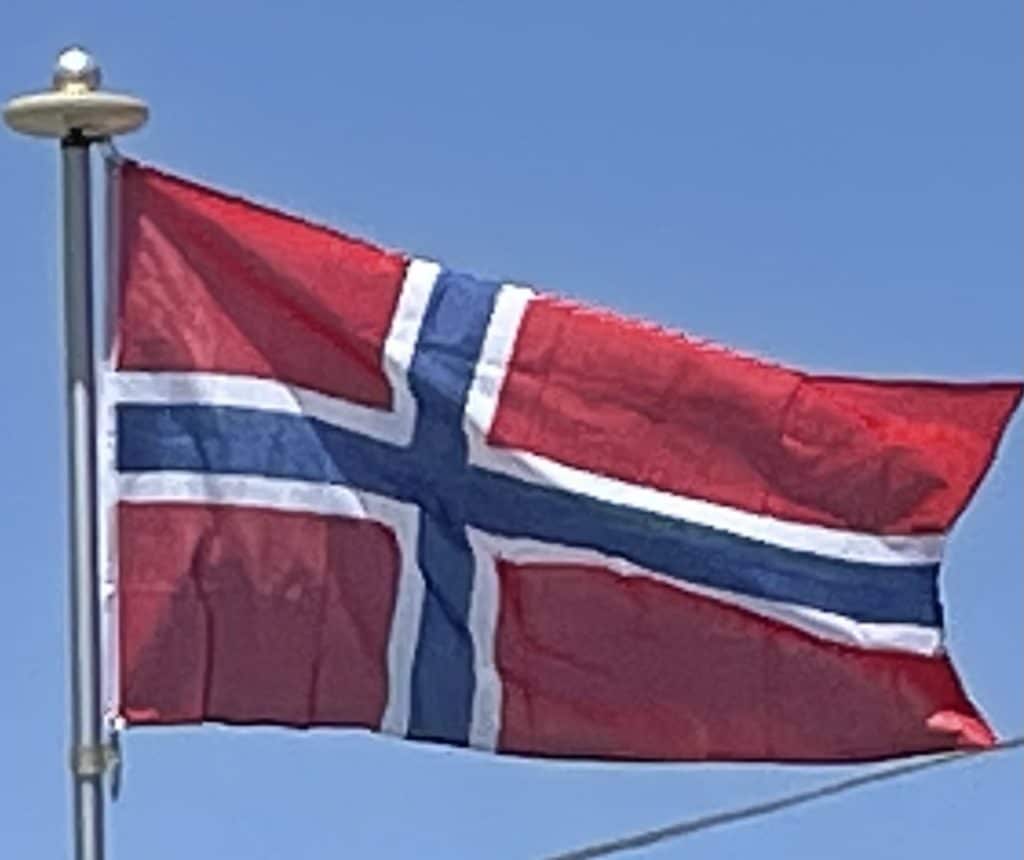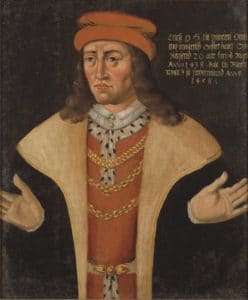
After Sweden broke out of the Kalmar Union in 1521, Norway tried to follow suit, but the subsequent rebellion was defeated, and Norway remained in a union with Denmark until 1814, a total of 434 years. This was a period of great prosperity and progress for Norway, especially in terms of shipping and foreign trade.
Union with Sweden:
After Denmark–Norway was attacked by the United Kingdom at the 1807 Battle of Copenhagen, it entered into an alliance with Napoleon, with the war leading to dire conditions and mass starvation in 1812. As the Danish kingdom found itself on the losing side in 1814, it was forced, under terms of the Treaty of Kiel, to cede Norway to the king of Sweden, while the old Norwegian provinces of Iceland, Greenland, and the Faroe Islands remained with the Danish crown. Norway took this opportunity to declare independence, adopted a constitution based on American and French models, and elected the Crown Prince of Denmark and Norway, Christian Frederick, as king on 17 May 1814.
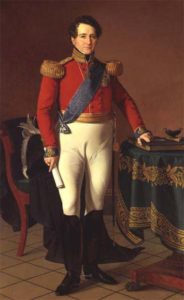
According to the terms of the Convention of Moss, Christian Frederik abdicated the Norwegian throne and authorized the Parliament of Norway to make the necessary constitutional amendments to allow for the personal union that Norway was forced to accept.
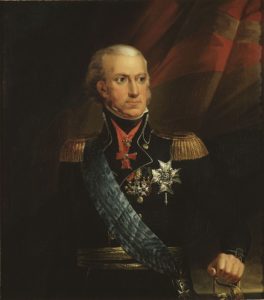
On 4 November 1814, the Parliament (Storting) elected Charles XIII of Sweden as king of Norway, thereby establishing the union with Sweden.
Dissolution of the Union:
A national referendum in 1905 confirmed the people’s preference for a monarchy over a republic. However, no Norwegian could legitimately claim the throne, since none of Norway’s noble families could claim descent from medieval royalty. In European tradition, royal or “blue” blood is a precondition for laying claim to the throne.
The government then offered the throne of Norway to Prince Carl of Denmark, a prince of the Dano-German royal house of Schleswig-Holstein-Sonderburg-Glücksburg and a distant relative of several of Norway’s medieval kings. After centuries of close ties between Norway and Denmark, a prince from the latter was the obvious choice for a European prince who could best relate to the Norwegian people.
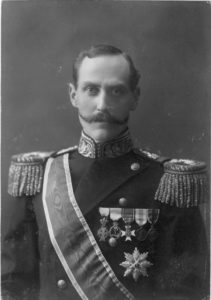
Following the plebiscite, he was unanimously elected king by the Norwegian Parliament, the first king of a fully independent Norway in 508 years; he took the name Haakon VII. In 1905, the country welcomed the prince from neighboring Denmark, his wife Maud of Wales and their young son to re-establish Norway’s royal house.
First and Second World Wars:
Throughout the First World War, Norway was in principle a neutral country although the British managed to force some degree of assistance that resulted in Norwegian lives lost.
Norway also proclaimed its neutrality during the Second World War, but despite this, it was invaded by German forces on 9 April 1940.
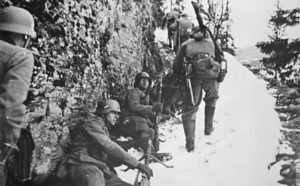
Although Norway was unprepared for the German surprise attack, military and naval resistance lasted for two months. Norwegian armed forces in the north launched an offensive against the German forces in the Battles of Narvik, until they were forced to surrender on 10 June after losing British support which had been diverted to France during the German invasion of France.
Post-World War II:
The wartime alliance with the United Kingdom and the United States was continued in the post-war years. Although pursuing the goal of a socialist economy, the Labour Party distanced itself from the Communists (especially after the Communists’ seizure of power in Czechoslovakia in 1948), and strengthened its foreign policy and defense policy ties with the US. Norway received Marshall Plan aid from the United States starting in 1947, joined the Organisation for Economic Co-operation and Development (OECD) one year later, and became a founding member of the North Atlantic Treaty Organization (NATO) in 1949.
